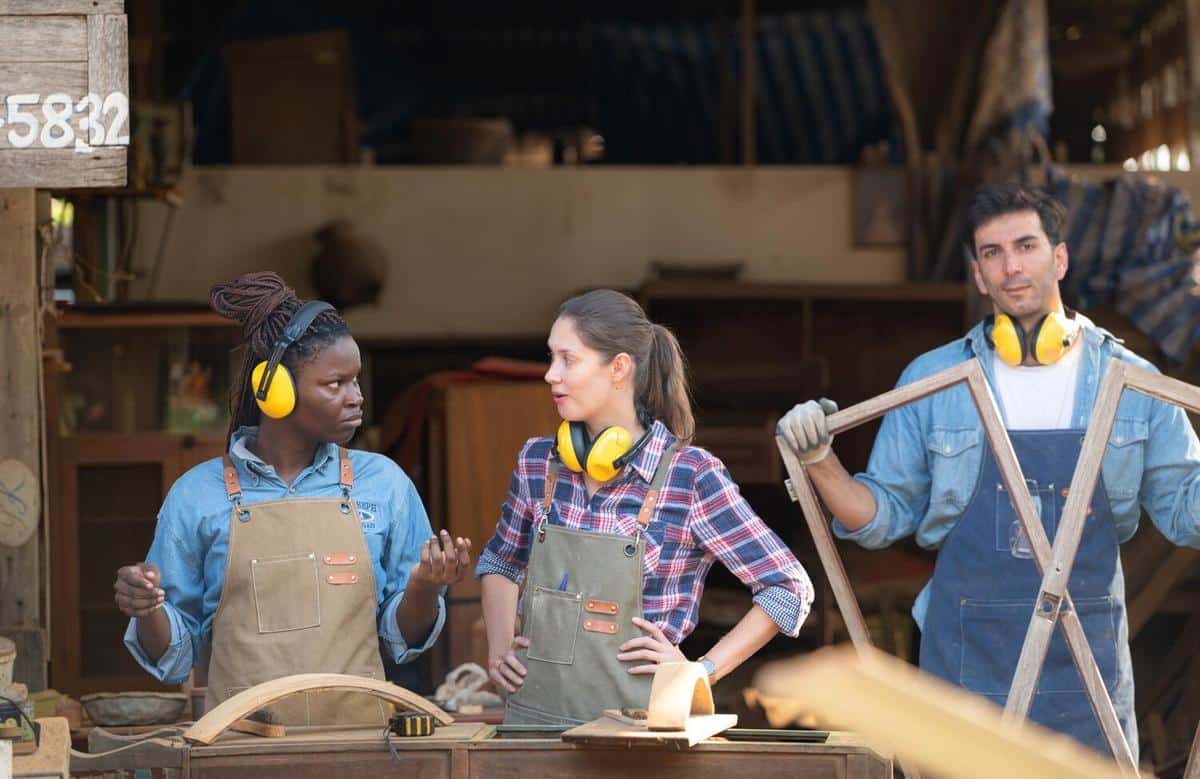
Traditional Crafts: Discovering Local Artisans and Their Work
Across the globe, traditional crafts are a gateway into the rich tapestry of cultural heritage, offering insights into the skills and stories of local artisans.
Traditional crafts are not just about creating aesthetically pleasing objects; they are an integral part of cultural identity and heritage. These crafts tell stories of communities, their histories, and their connection to their environment. From intricate weaving techniques to delicate pottery, each piece is a testament to the skill and creativity of the artisans who make them.
Exploring the World of Traditional Crafts
Traditional crafts vary widely, reflecting the diversity of cultures and communities. According to the World Crafts Council, there are thousands of recognized craft forms worldwide, each with its unique techniques and materials.
Expert Opinions
Dr. Emma Lewis, an anthropologist specializing in cultural heritage, emphasizes the importance of preserving traditional crafts. “These crafts are not only about preserving history but also about supporting communities economically and socially,” she notes.
Statistics and Research Findings
A recent study by the International Trade Centre revealed that the global market for artisanal crafts is expected to grow by 10% annually. This growth is driven by an increasing appreciation for handmade and sustainable products.
Personal Anecdotes
Take, for instance, the story of Mark, a traveler who visited a small village in Peru. He was captivated by the vibrant textiles produced by local weavers. Inspired by their dedication and skill, Mark began collecting traditional crafts during his travels, each piece a reminder of the unique cultures he encountered.
Actionable Tips for Discovering Local Artisans
- Visit local markets and fairs to meet artisans and learn about their crafts firsthand.
- Participate in workshops or classes to gain a deeper understanding of the techniques involved.
- Support artisans by purchasing their crafts, ensuring fair prices and ethical sourcing.
Comparing Traditional Crafts Across Regions
| Region | Craft Type | Material | Techniques |
|---|---|---|---|
| Africa | Beadwork | Glass, Seeds | Loom Weaving |
| Asia | Ceramics | Clay | Hand Molding |
| Europe | Lace Making | Thread | Bobbin Lace |
| Latin America | Textiles | Wool | Backstrap Loom |
| North America | Quilting | Fabric | Patchwork |
| Middle East | Metalwork | Brass, Copper | Engraving |
| Oceania | Carving | Wood | Chiseling |
| South Asia | Block Printing | Fabric | Hand Printing |
Frequently Asked Questions
What are traditional crafts?
Traditional crafts involve creating objects by hand using techniques passed down through generations.
Why are traditional crafts important?
They preserve cultural heritage, support local economies, and promote sustainable practices.
How can I support local artisans?
Purchase their crafts, participate in workshops, and spread awareness about their work.
Conclusion
Traditional crafts offer a unique window into the cultural heritage and creativity of communities worldwide. By exploring and supporting these crafts, we contribute to the preservation of cultural identities and the livelihoods of artisans. So next time you travel, take a moment to appreciate the artistry and stories behind the crafts you encounter.


